| HOLI | |||
|---|---|---|---|
|
Holi is a popular and significant Hindu festival celebrated as the Festival of Colours, Love, and Spring. It celebrates the eternal and divine love of the deities Radha and Krishna. Additionally, the day signifies the triumph of good over evil,as it commemorates the victory of Vishnu as Narasimha over Hiranyakashipu. Holi originated and is predominantly celebrated in the Indian subcontinent of India and Nepal, but has also spread to other regions of Asia and parts of the Western world through the Indian diaspora. Holi also celebrates the arrival of Spring in India and Nepal, the end of winter, and the blossoming of love.It is also an invocation for a good spring harvest season. It lasts for a night and a day, starting on the evening of the Purnima (full moon day) falling on the Hindu calendar month of Phalguna, which falls around the middle of March in the Gregorian calendar. Holi is a sacred ancient tradition of Hindus, a holiday in many states of India and Nepal with regional holidays in other countries. It is a cultural celebration that gives Hindus and non-Hindus alike an opportunity to have fun banter with other people by throwing coloured water and powder at each other. It is also observed broadly on the Indian subcontinent. Holi is celebrated at the end of winter, on the last full moon day of the Hindu luni-solar calendar month, marking the spring, making the date vary with the lunar cycle.The date falls typically in March, but sometimes late February of the Gregorian calendar. |
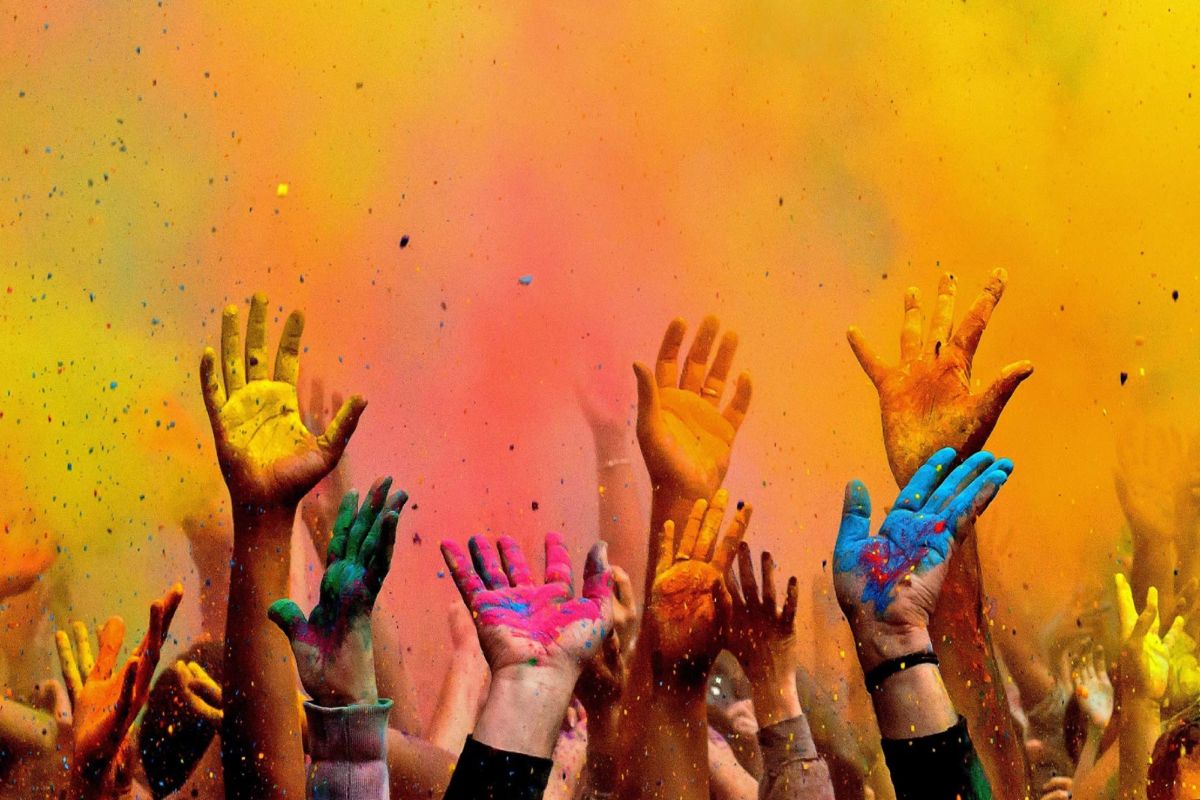 |
||
|
TRADITIONS THAT LIVE ON The festival has many purposes; most prominently, it celebrates the beginning of Spring. In 17th century literature, it was identified as a festival that celebrated agriculture, commemorated good spring harvests, and the fertile land. Hindus believe it is a time to enjoying spring's abundant colours and say farewell to winter. To many Hindus, Holi festivities mark an occasion to reset and renew ruptured relationships, end conflicts, and rid themselves of accumulated emotional impurities from the past. It also has a religious purpose, symbolically signified by the legend of Holika. The night before Holi, bonfires are lit in a ceremony known as Holika Dahan (burning of Holika) or Little Holi. People gather near fires, sing and dance. The next day, Holi, also known as Dhuli in Sanskrit, or Dhulheti, Dhulandi or Dhulendi, is celebrated. OUT WITH THE OLD IN WITH THE NEW Holi, the vibrant "Festival of Colors," explodes across India in a joyous celebration that marks the triumph of good over evil and the arrival of spring. The festivities kick off with **Holika Dahan**, a bonfire ritual where people gather to symbolically burn away negativity. They sing devotional songs, pray, and enjoy traditional snacks around the crackling flames, commemorating the burning of Holika, a demon king's sister. The following day explodes with color! People young and old take to the streets armed with powdered colors (gulal) and water guns filled with colored water. Laughter fills the air as friends and family playfully drench each other in vibrant hues of red, green, and blue. These colors traditionally represent the blossoming of spring, the joy of new beginnings, and the victory of good over evil. While revelers are drenched in color, some carry shields or wear sunglasses for a playful defense. However, Holi is more than just a riot of color. It's a time for communities to come together and strengthen social bonds. Old grudges are forgotten, and new relationships are fostered in the spirit of inclusivity. Children seek blessings from elders, and delicious treats like Gujiya (deep-fried dumplings) and Thandai (a chilled beverage) are shared amongst loved ones, adding another layer of joy to the festive atmosphere. Regional variations enrich the experience further. From the open-air celebrations with music and dance in North India to the flower fights and decorated swings honoring Radha and Krishna in West Bengal, Holi reflects the rich cultural tapestry of the nation. |
|||
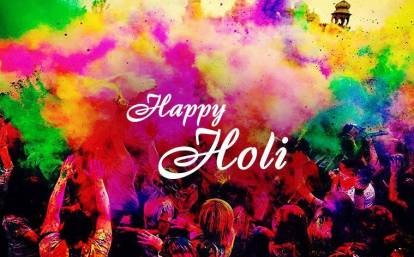 |
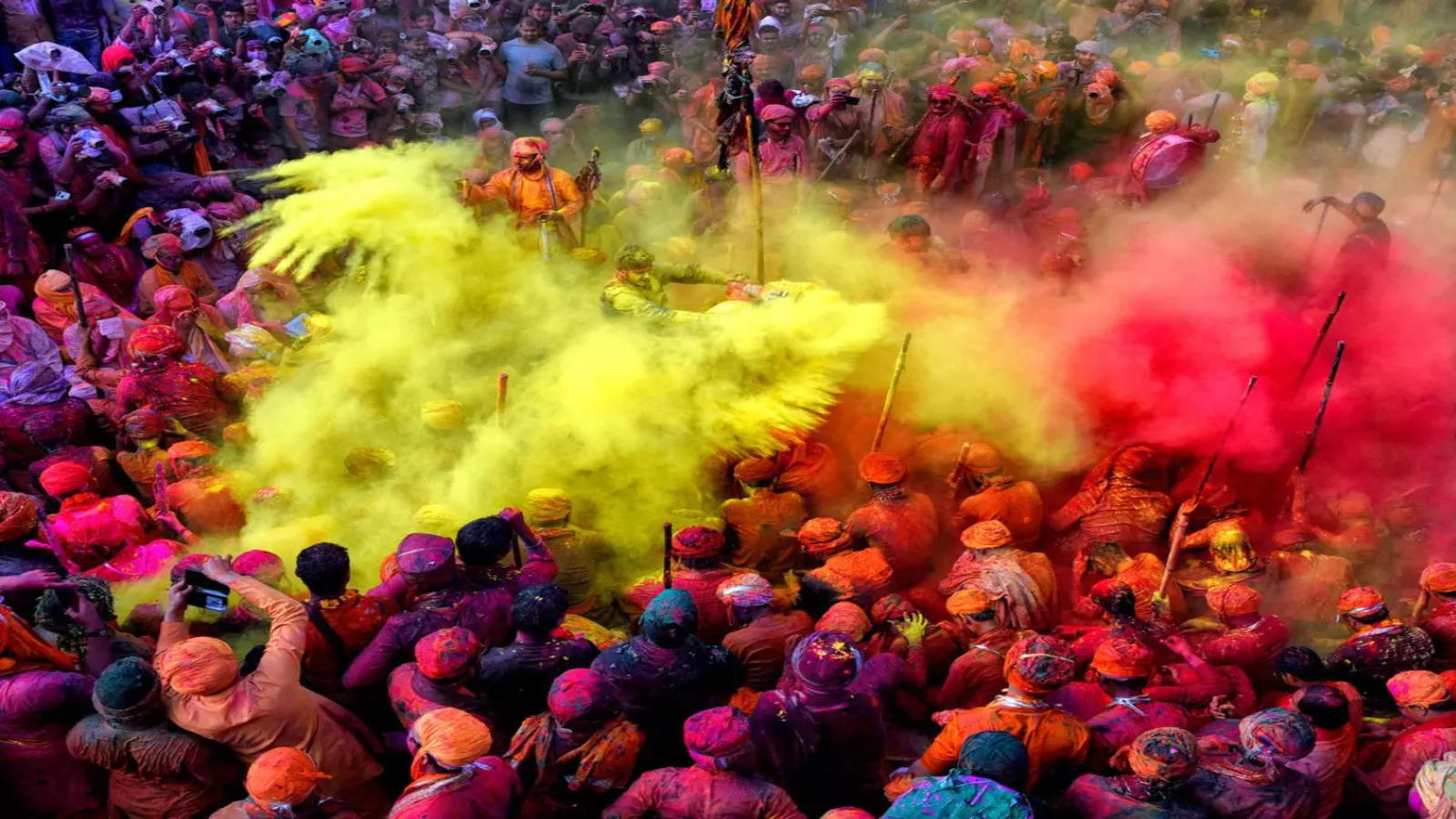 |
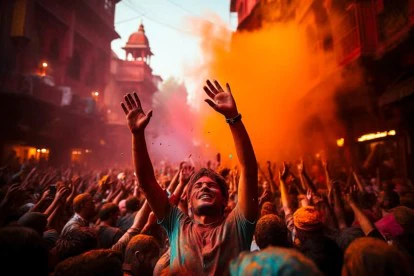 |
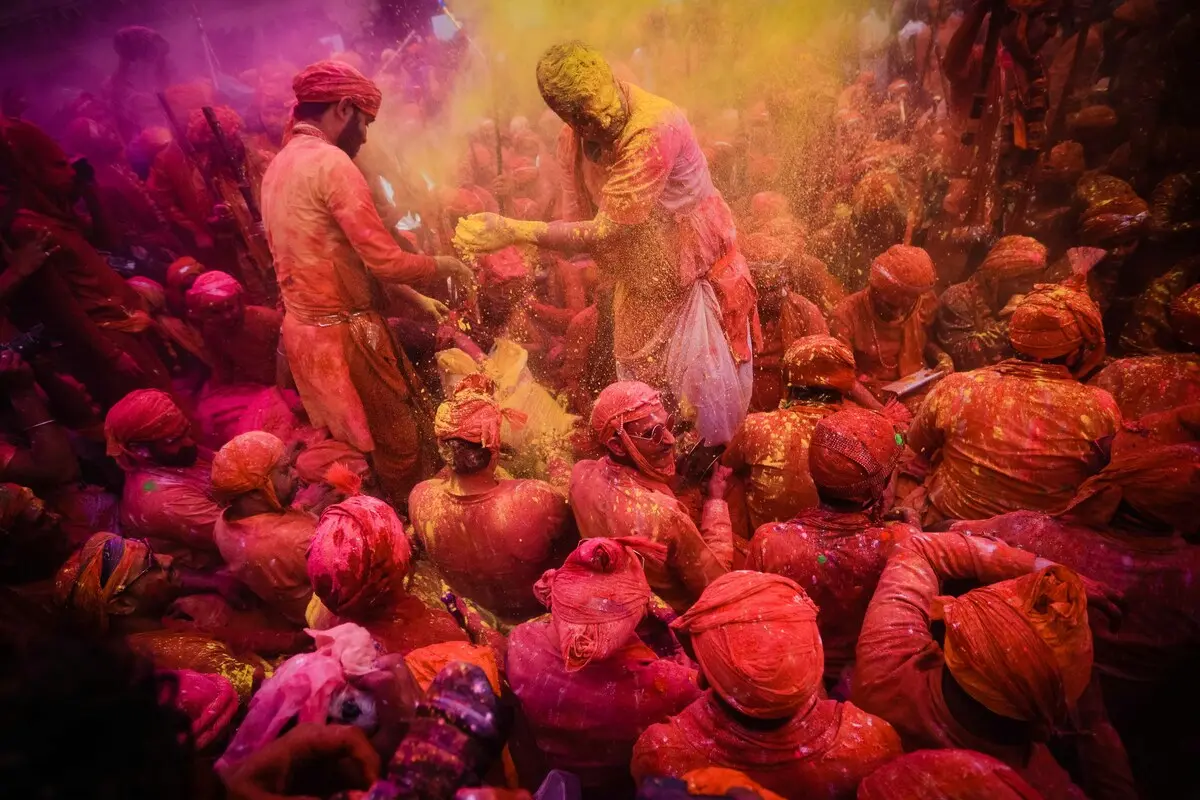 |
| HOME | |||